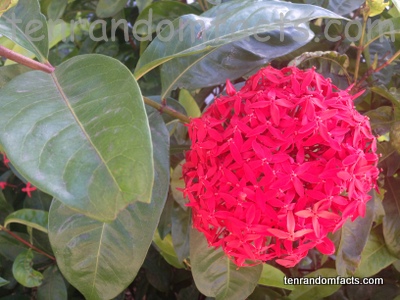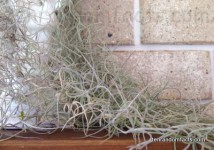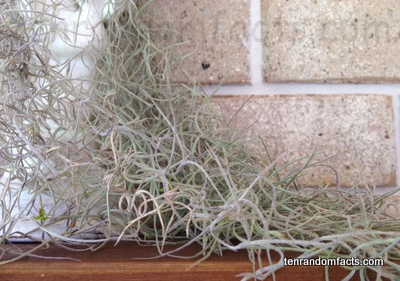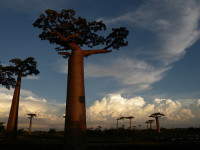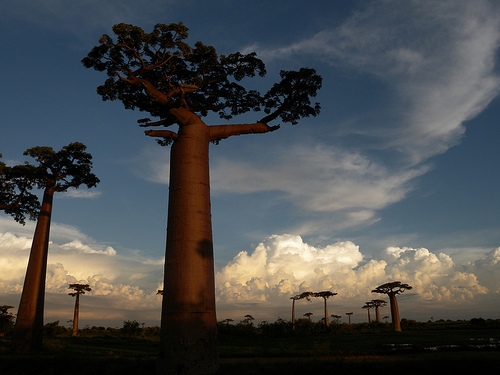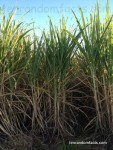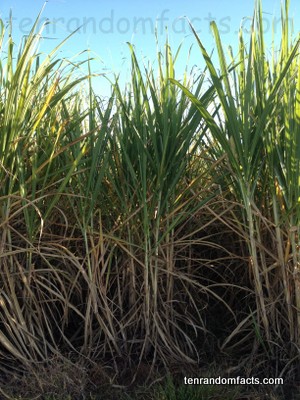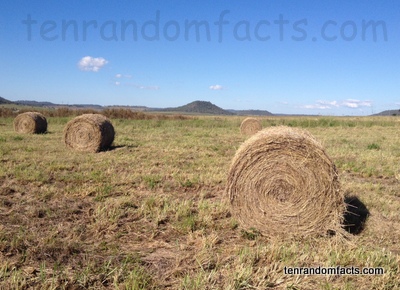
You will be able to notice an Ixora in even the darkest parts of a jungle.
- Ixora is a group of shrubs and trees that are evergreen and produce flowers, and are mostly native to tropical parts of Asia.
- The name ‘Ixora’ is a genus name, and it is from the family Rubiaceae, the family of madder and coffee, while commonly grown species in the genus include Ixora coccinea and Ixora chinensis.
- ‘Ixora’ is the common name of a number of species from the genus with the same name, and they are also known as ‘flame-of-the-woods’, ‘jungle flames’, ‘West Indian jasmine’, and ‘jungle geraniums’.
- The height of Ixora plants grow from 0.6 to 3.6 metres (2 to 12 feet), depending on the species, and they typically have glossy, mid to dark green leaves.
- The flowers of Ixora have a tube-like appearance with four petals, and grow in groups of up to 60 in a cluster; and after flowering, the plant often produces red, to dark purple or black berries.
- Ixora flowers commonly bloom throughout the year in tropical areas, and they come in an assortment of colours including a range of white, pink, yellow, orange, and red shades.
- There are more than 500 species of Ixora, and numerous varieties, and some species have been used as part of traditional medicine, while others have a tendency to have invasive roots.
- Ixoras grow best in well-drained acidic soil, located in full sun, and if they are grown too close to concrete, the soil can become too alkaline, causing the leaves to turn yellow.
- Ixora will fail to flower on the occasion that light levels are insufficient, and the plants prefer warm temperatures.
- Ixora are commonly used for ornamental purposes, including bonsai and hedges, or individual specimens in the garden.



